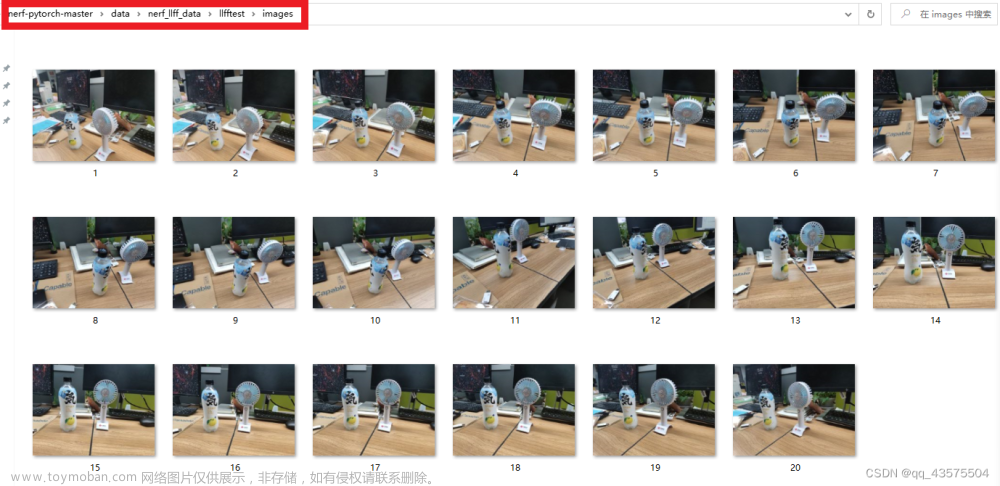NeuralNLP-NeuralClassifier的使用记录,训练预测自己的【中文文本多分类】
数据准备:
与英文的训练预测一致,都使用相同的数据格式,将数据通过代码处理为JSON格式,以下是我使用的一种,不同的原数据情况会有所改动:
import jieba.analyse as ana
import re
import jieba
def make_data_json(df,outpath):
def stop_words(path):
txt = open(outpath,"r",encoding='utf-8')
lines = txt.readlines()
txt.close()
stop_txt = []
for line in lines:
stop_txt.append(line.strip('\n'))
return stop_txt
with open(outpath, "w+", encoding='utf-8') as f:
# with open(output_path, "w") as fw:
for indexs in df.index:
dict1 = {}
dict1['doc_label'] = [str(df.loc[indexs].values[0])]
doc_token = df.loc[indexs].values[1]
# 只保留中文、大小写字母和阿拉伯数字
reg = "[^0-9A-Za-z\u4e00-\u9fa5]"
doc_token = re.sub(reg, '', doc_token)
print(doc_token)
# 中文分词
seg_list = jieba.cut(doc_token, cut_all=False)
#$提取关键词,20个:
ana.set_stop_words('./人工智能挑战赛-文本分类/停用词列表.txt')
keyword = ana.extract_tags(doc_token, topK=20,withWeight=False,) #True表示显示权重
# 去除停用词
content = [x for x in seg_list if x not in stop_words('../data/stop_words.txt')]
dict1['doc_token'] = content
dict1['doc_keyword'] = keyword
dict1['doc_topic'] = []
# 组合成字典
print(dict1)
# 将字典转化成字符串
json_str = json.dumps(dict1, ensure_ascii=False)
f.write('%s\n' % json_str)
使用构造JSON数据方法:

训练前期准备:
1、创建中文数据文件夹,Chinese_datas,
2、创建该数据的文本数据对应的标签集Chinese_label.taxonomy
3、创建该数据的训练配置文件Chinese_train_conf.json,
继续目录如下:

配置文件的注意点:

其中需要额外修改的地方:
work_nums=0
以及涉及代码中,有读取文件的部分都需要给编码中文编码:
with open(encoding=‘utf-8’)
训练:
训练代码:
python train.py conf/Chinese_train_conf.json
训练后生成的权重文件,在配置文件中就写出了:

预测:

python predict.py conf/Chinese_train_conf.json Chinese_datas/predict_data.json
预测结果:

可以看出预测效果仅一个错误,该模型方便NLP的比赛分类等,准确率也很高。
代码获取:
下载就是中文分类版,在命令界面进行命令行输入,训练和预测,:文章来源:https://www.toymoban.com/news/detail-646198.html
链接:https://pan.baidu.com/s/1fw_ipmOFWMiTLAFrs9i5ig
提取码:2023文章来源地址https://www.toymoban.com/news/detail-646198.html
到了这里,关于NeuralNLP-NeuralClassifier的使用记录(二),训练预测自己的【中文文本多分类】的文章就介绍完了。如果您还想了解更多内容,请在右上角搜索TOY模板网以前的文章或继续浏览下面的相关文章,希望大家以后多多支持TOY模板网!













